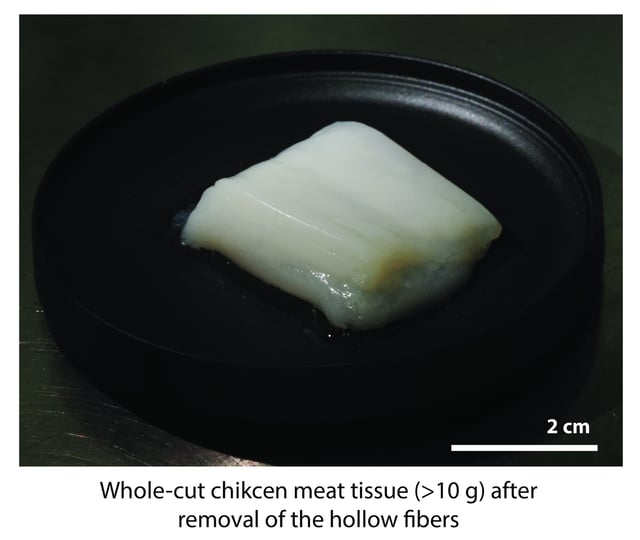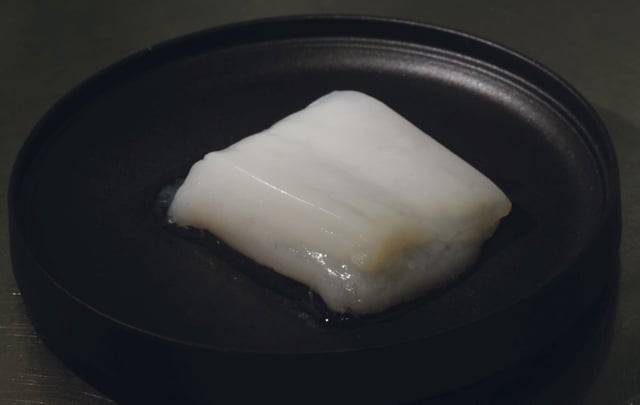Overview
- Researchers at the University of Tokyo have grown an 11-gram, nugget-sized piece of chicken using a hollow-fiber bioreactor that mimics blood vessels to deliver nutrients and oxygen.
- The bioreactor, containing 1,125 hollow fibers, enables the growth of centimeter-scale chicken tissue with improved texture and alignment, a key challenge in cultured meat production.
- This method represents a breakthrough in replicating the structure and texture of whole cuts of meat, addressing a major hurdle in the cultured meat industry.
- The study, published in *Trends in Biotechnology*, highlights remaining challenges, including automating fiber removal, improving oxygen delivery, and transitioning to food-grade materials for commercialization.
- Experts have praised the development as a transformative step for alternative proteins, with potential applications beyond food, including regenerative medicine and biohybrid robotics.



